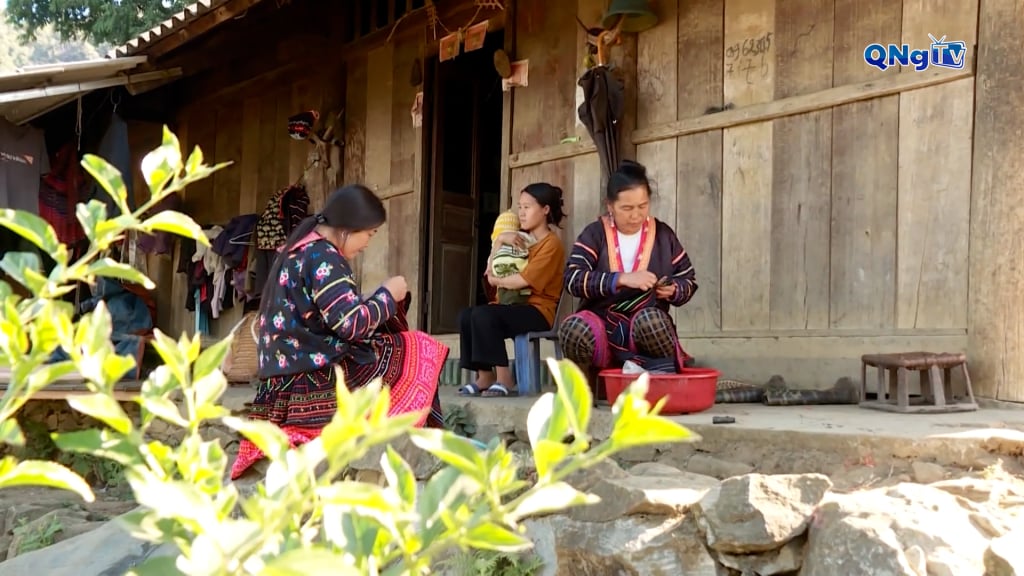
Taking advantage of the free time, Mong women embroider new clothes to wear during Tet and welcome spring. This work is done year-round by Mong women and will be completed in the last months of the year. Only then will they have new clothes to welcome spring and wear during Tet. To complete a dress, Mong people use many complex techniques such as weaving, embroidery, joining and painting on fabric. Most of the steps are done by hand. Only the joining of embroidered fabric pieces uses a sewing machine to complete faster. Among the steps, the technique of drawing patterns with beeswax of Mong people requires the most dexterity and meticulousness.

“Beeswax painting has been around for a long time. I draw these patterns based on my own preferences and memories, which my grandmothers and mothers taught me since I was little. Drawing so much has become a habit and each stroke is imprinted in my memory.”
She added that when drying the fabric, avoid strong sunlight so that the beeswax does not melt; the final step is to boil the fabric in boiling water to melt the wax, revealing the white patterns on the indigo blue background.
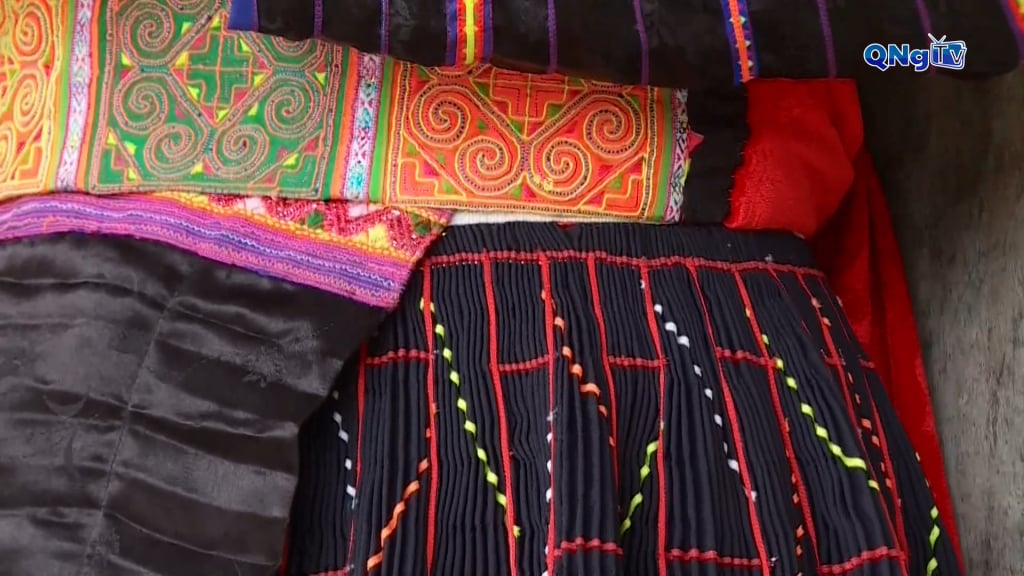
The patterns on Mong costumes are created and inspired by nature, working life and express the noble aspirations of the Mong people. The patterns are diverse with the main embroidery colors being red, yellow, white, depending on each Mong industry. In particular, Mong people have the secrets to creating unique and rich patterns on fabric containing beautiful values.
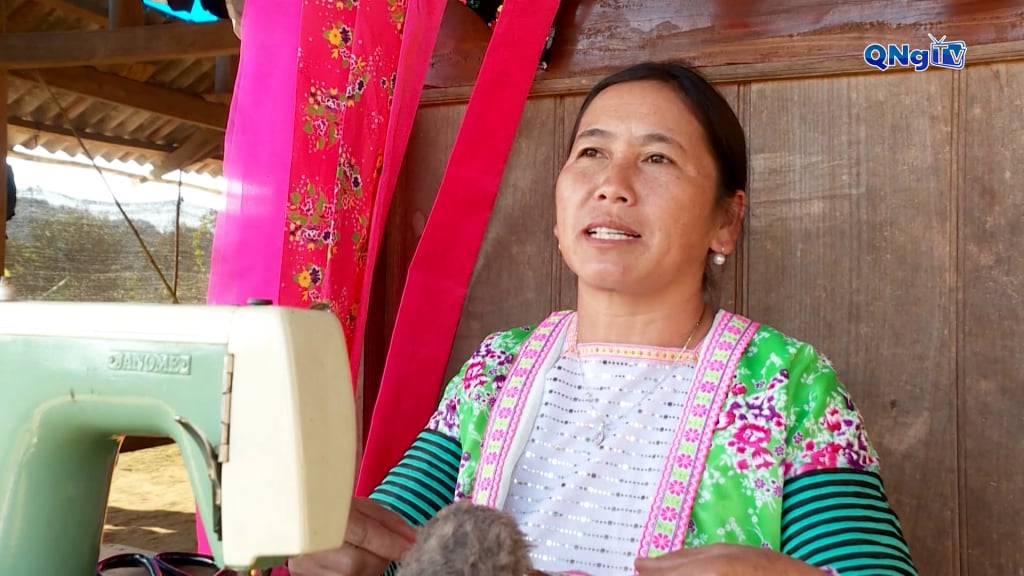
“Now Long village is doing tourism , the women also sew a lot of clothes for tourists to rent; to let them try on and see what our ethnic identity is like.”
In modern life today, the traditional costumes of the Mong people in Dien Bien are not simply everyday clothes, but also memories, pride, and cultural identity passed down through many generations.
Source: https://quangngaitv.vn/net-dep-trang-phuc-cua-dong-bao-mong-o-dien-bien-6507398.html


![[Photo] Bustling Mid-Autumn Festival at the Museum of Ethnology](https://vphoto.vietnam.vn/thumb/1200x675/vietnam/resource/IMAGE/2025/10/4/da8d5927734d4ca58e3eced14bc435a3)



![[Photo] General Secretary To Lam attends the 8th Congress of the Central Public Security Party Committee](https://vphoto.vietnam.vn/thumb/1200x675/vietnam/resource/IMAGE/2025/10/4/79fadf490f674dc483794f2d955f6045)
![[Photo] Solemn opening of the 8th Congress of the Central Public Security Party Committee, term 2025-2030](https://vphoto.vietnam.vn/thumb/1200x675/vietnam/resource/IMAGE/2025/10/4/f3b00fb779f44979809441a4dac5c7df)


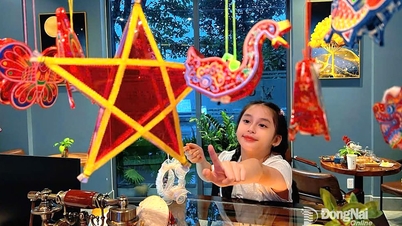



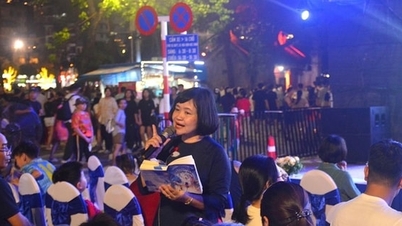
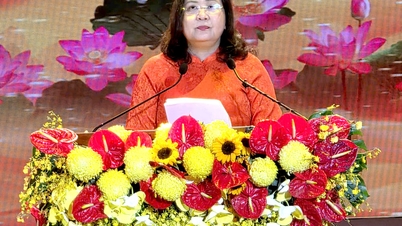








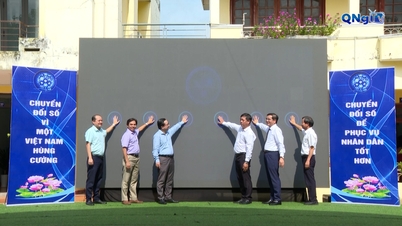
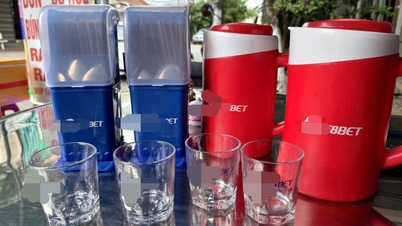
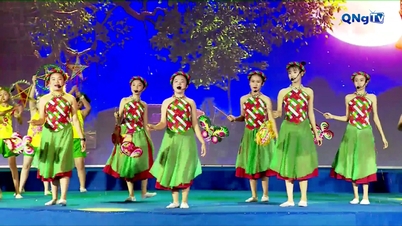




























![[VIDEO] Summary of Petrovietnam's 50th Anniversary Ceremony](https://vphoto.vietnam.vn/thumb/402x226/vietnam/resource/IMAGE/2025/10/4/abe133bdb8114793a16d4fe3e5bd0f12)

![[VIDEO] GENERAL SECRETARY TO LAM AWARDS PETROVIETNAM 8 GOLDEN WORDS: "PIONEER - EXCELLENT - SUSTAINABLE - GLOBAL"](https://vphoto.vietnam.vn/thumb/402x226/vietnam/resource/IMAGE/2025/7/23/c2fdb48863e846cfa9fb8e6ea9cf44e7)

















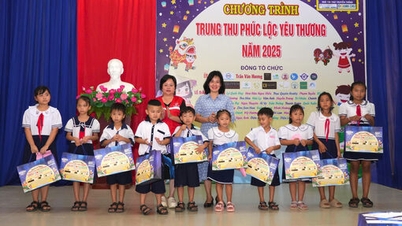

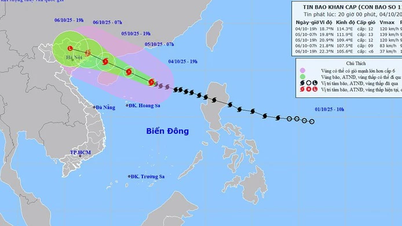

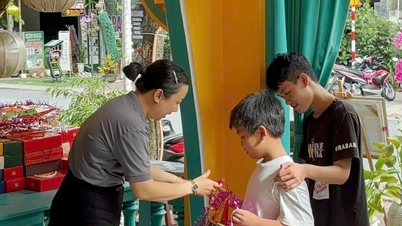

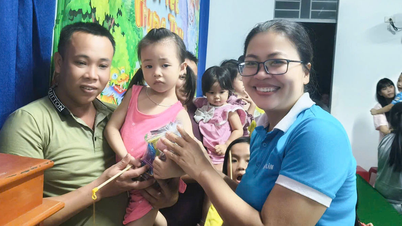

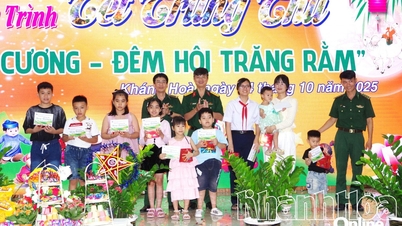








Comment (0)